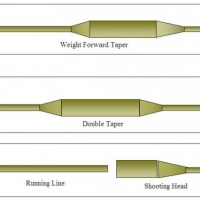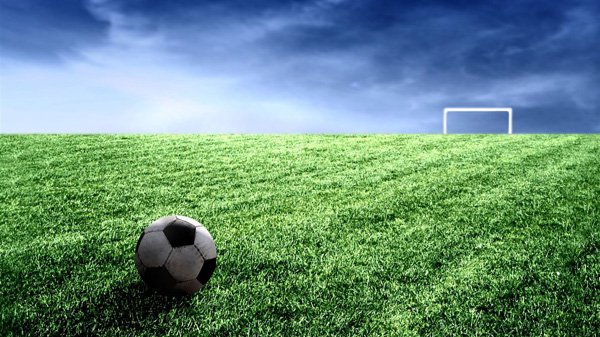
When starting out in the world of fly fishing you will soon discover that there are more options than you can count and the fly fishing line is no different. There are three main concepts to make up a fly lines properties. These are the taper, the weight and the density. In this guide we shall discuss these aspects and help you understand how they effect the fly fishing cast.
The Fly Fishing Line Taper
There are three main tapers when looking at fly fishing lines these are the double taper which means the line tapers in from both directions and this can be useful for casting in small rivers where accuracy is more important than distance. The other good thing about the double taper is when the tip gets a bit worn you can swap it around for the fresh inner tip and use for another while before needing to replace.
The forward taper is basically the weight of the fly fishing line pushed towards the front of the fly line leaving only running line on the reel when casting. this means longer casts can be made without much of a problem. This line is not as accurate in short distances however and would not be any use on a small river.
The shooting head is when the forward taper has been pushed towards the front even further and so more weight is pushed out the tip ring. This means you don't need as much line out of the tip before you can load the rods for the cast. Great for casting where you don't have much room behind you or on large lakes or rivers.
The Fly Fishing Line Weight
Each fly fishing rod, reel and line has a line rating on it. These ratings make it easy to match up your kits weight. The larger the rating the heavier and larger the kit usually is. For instance a 4 weight setup would be for small trout the rod would be 7 ft to 8ft long where as an 8-9 weight kit would be used for salmon, steel head and pike etc.and the rod would be anywhere from 9ft to12ft long. For the purpose of learning to fly fish we would suggest going for a weight 7 setup. This is basically in the middle of ratings and can be a very versatile kit.
The Fly Fishing Line Density
Line density is another way of saying how fast it will sink. Starting off from full floating to very fast sinking. Each of these lines have their purpose and a top angler would have several of these on him to cover any variation of condition. For instance when fishing a river you may find one pool is long and slow so the full floater is ideal but the next pool is short, fast and deep so you will need the fast sinker to get down to the fish quickly before your line runs out the bottom of the pool. These are skills that you will gain as you progress and I will put more articles up here to help you discover these. For the beginner a full floater is the way to go as it is very easy to learn with.
So in conclusion as a beginner who wants to learn to fly fish you will want to choose a full floater, weight 7, weight forward fly line.

How do the USA Cycling Race Categories Work?

Learning How To Play Volleyball through Private Volleyball Lessons

Copyright © www.mycheapnfljerseys.com Outdoor sports All Rights Reserved